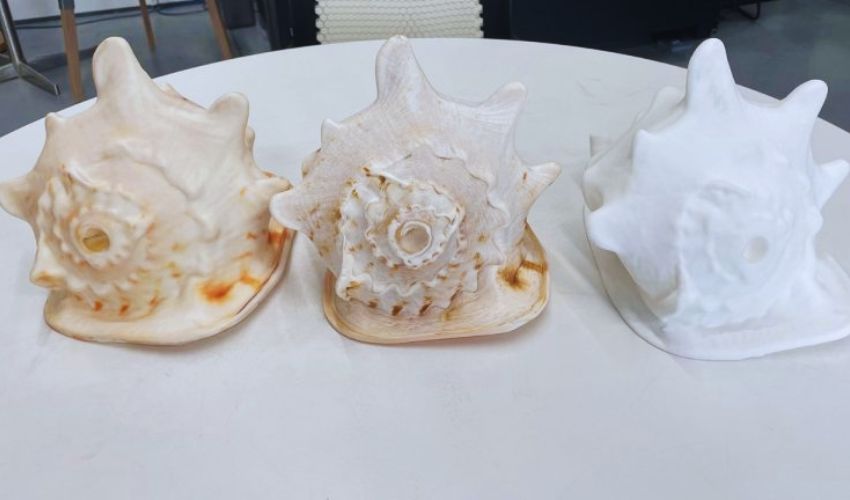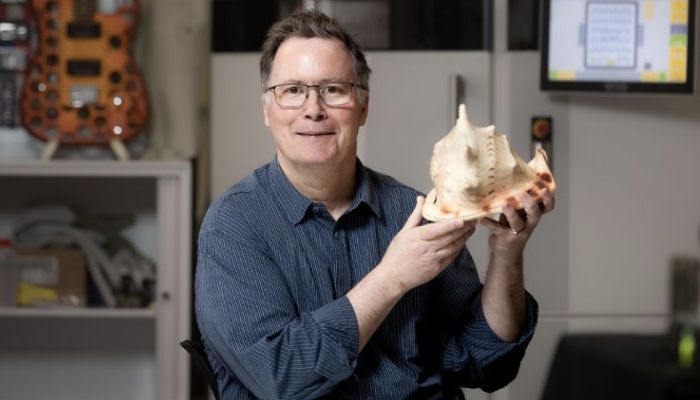Safeguarding Māori Heritage with 3D Printing

With the development of 3D technologies, additive manufacturing has been a revolutionary medium for the creation of parts and objects that have previously been limited in availability, material and construction time. Not least among these has been 3D printed musical instruments, for example, which can provide creative, inexpensive alternative forms of expression than their traditionally made counterparts. Moreover, often times 3D scanning has been used to model the shapes and architectures of instruments which enables AM engineers to recreate similar tones with a printed version.
At the crossroads of 3D printing and cultural heritage stands Professor Olaf Diegel, head of the Creative Design and Additive Manufacturing Lab at the University of Auckland in New Zealand. Diegel and his team have been working with the Māori community to create 3D printed replicas of traditional Māori instruments which hold great cultural significance. This is not the first time that 3D technologies have been used for the mission of cultural heritage preservation either; from the digitization of Easter Island to the recreation of famed works of art for the visually impaired, 3D printing is proving to be a means to increase accessibility and cultural awareness around the world.

Professor Olaf Diegel holding a replica of the pūtātara conch shell horn (Photo credits: Chris Loufte)
These unique traditional instruments (taonga pūoro) represent a great deal of cultural importance to the Māori people. The two instruments chosen to be recreated were the pūtātara, a conch shell trumpet, and a pūkāea, or long trumpet, which is traditionally carved from wood. After scanning the instruments via CT scan, the high-definition 3D images were used to form the shapes necessary to recreate the necessary shapes to accurately recreate the instruments’ sound as they are played.
The ability to 3D print these instruments has the potential to allow more people to view, and touch them, unlike the originals which are fragile and at risk of being damaged. Particularly when these original cultural artifacts often are heirlooms as well – passed down from generation to generation. “The problem is that you couldn’t have children playing with it because if they drop it, it’s gone forever,” explains Prof. Diegel. However, with durable polymers, the 3D printed versions are much more durable. Diegel explains, “We’ve printed a bunch of them, including full-color prints and nylon ‘strong’ prints that you can pretty much throw against the wall without having to worry about them breaking. […] This is an expensive technology. But compared with any other way of preserving a cultural artifact, it’s way cheaper and much more flexible.“
However, while 3D printing has provided these opportunities to bring heritage closer to our daily lives, it has also raised some ethical concerns. For the University of Auckland team, it was a question of just how accurately they wanted the 3D printed replicas to be. As Olaf himself put it, “You don’t want to remove the value from the original artifact.” Particularly when an object has cultural, historic or religious significance, the 3D-produced recreation is meant to educate and expand awareness behind the object, but not replace it. In the end, the team opted to make the long trumpet out of smooth plastic, as a gesture of respect for the cultural significance of the traditionally carved wooden object which requires a great deal of time, patience and skill to produce. To learn more about the University of Auckland’s project, click HERE.
What do you think of these preserved, 3D printed Māori instruments? Let us know in a comment below or on our LinkedIn, Facebook, and Twitter pages! Don’t forget to sign up for our free weekly Newsletter here, the latest 3D printing news straight to your inbox! You can also find all our videos on our YouTube channel.
*Cover photo credits: University of Auckland






